Become an illusioneer!
Try these illusions out on your family and friends.
Illusions work by taking advantage of how your brain puts together new sensory information with what it already knows. How our body feels to us is a big part of what makes us who we are. We can use these illusions to show how your body, or someone else’s, might not always feel the same way that it looks. We use this research to develop practical ways to help people in the real world.
- Anne Boleyn illusion video
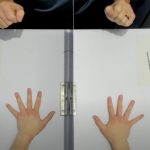 The brain puts information together to come to conclusions about the body. This illusion shows that the brain can easily come to the wrong conclusion about the body.
The brain puts information together to come to conclusions about the body. This illusion shows that the brain can easily come to the wrong conclusion about the body. - Pulfrich Illusion video
 Our brains do a lot of calculations without us knowing. They use the timing of the light, along with assumptions about light and sight, to work out which things are closer than others.
Our brains do a lot of calculations without us knowing. They use the timing of the light, along with assumptions about light and sight, to work out which things are closer than others. - Chicken Wire illusion video
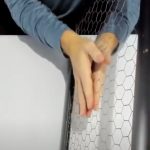 When the brain receives information that it is unclear, it has to work out what is going on. It uses previous experiences, context, and your beliefs to do this.
When the brain receives information that it is unclear, it has to work out what is going on. It uses previous experiences, context, and your beliefs to do this. - Anne Boleyn’s Little Wizards video
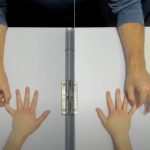 Two further illusions that demonstrate how the brain can put information together and come to the wrong conclusions.
Two further illusions that demonstrate how the brain can put information together and come to the wrong conclusions. - Knobbly Ball illusion video
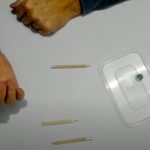 Our brain is constantly making conclusions about our body to protect us. In this case, the brain concludes that the dents in the finger must actually be on the pencil.
Our brain is constantly making conclusions about our body to protect us. In this case, the brain concludes that the dents in the finger must actually be on the pencil. - Slinky demonstration video
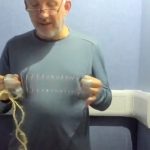 This demonstration shows how our awareness of something is based on our brain’s interpretation, instead of exactly what is going on in the world.
This demonstration shows how our awareness of something is based on our brain’s interpretation, instead of exactly what is going on in the world. - Blind spot video
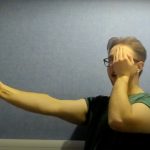 The brain fills things in using the information it has, and makes best guesses. When the dot is in the blind spot, the brain fills in the space with what looks like blank paper, because that’s what is around it.
The brain fills things in using the information it has, and makes best guesses. When the dot is in the blind spot, the brain fills in the space with what looks like blank paper, because that’s what is around it.
